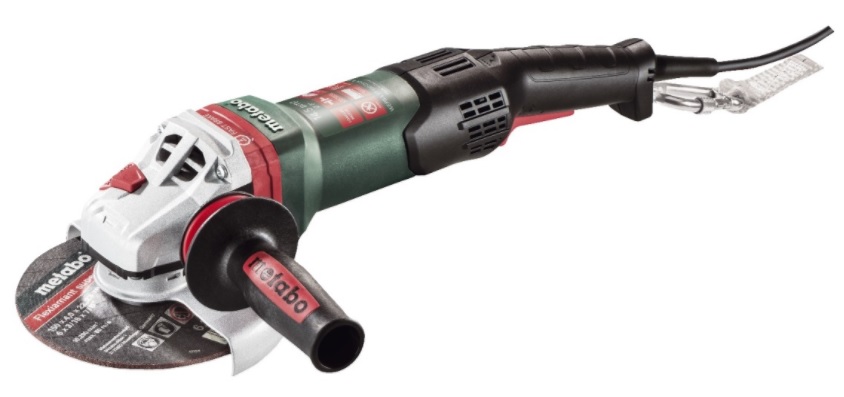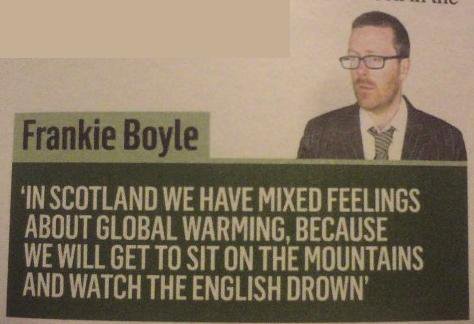| Household electric cooking appliances - Part 1: Ranges, ovens, steam ovens and grills - Methods for measuring performance |
| IEC 60350-1:2023 RLV contains both the official IEC International Standard and its Redline version. The Redline version is available in English only and provides you with a quick and easy way to compare all the changes between the official IEC Standard and its previous edition. IEC 60350-1:2023 specifies methods for measuring the performance of electric cooking ranges, ovens, steam ovens, and grills for household use. This document is also applicable to portable appliances with similar functionalities that were previously covered by the withdrawn IEC 61817. The ovens covered by this document can be with or without microwave function. Manufacturers are expected to define the primary cooking function of the appliance – microwave function or thermal heat. The primary cooking function is measured with an existing method according to energy consumption. If the primary cooking function is declared in the instruction manual as a microwave function, IEC 60705 is applied for energy consumption measurement. If the primary cooking function is declared as a thermal heat, then IEC 60350-1 is applied for energy consumption measurement. If the primary function is not declared by the manufacturer, the performance of the microwave function and thermal heat is measured as far as it is possible. For measurement of energy consumption and time for heating a load (see Clause 8), this document is furthermore not applicable to: - microwave combination function; - ovens with reciprocating trays or turntable; - small cavity ovens (see 3.16); - ovens without adjustable temperature control; - heating functions and eco functions other than defined in this document; - appliances with only solo steam function. This document does not apply to microwave ovens (IEC 60705). This document defines the main performance characteristics of these appliances that are of interest to the user and specifies methods for measuring these characteristics. This document does not specify a classification or ranking for performance. This document does not deal with safety requirements (IEC 60335-2-6 and IEC 60335-2-9). Appliances covered by this document can be built-in or for placing on a working surface or the floor. There is no measurement method for the energy consumption for grilling and steam functions available. This third edition cancels and replaces the second edition published in 2016 and Interpretation Sheet 1:2021. This edition constitutes a technical revision. This edition includes the following significant technical changes with respect to the previous edition: a) new definitions for heating function, eco function and definitions relevant for low power mode considerations are amended in Clause 3; b) order of clauses is changed; c) revision of 5.3; d) update of 6.2 in order to improve the reliability of volume measurement; e) removal of 6.7, Level of shelf; f) revision of Clause 7 concerning the accuracy of eco functions with residual heat use; g) revision of Clause 8 in order to improve the reliability of the method for measuring the energy consumption, especially regarding anti-circumvention; h) unique energy consumption measurement for all heating functions and eco functions with an indication of the energy consumption for a temperature increase of 165 K (compared to 155 K currently for forced air circulation function, for example), which results in higher energy consumption values compared to the previous edition; i) Ry replaced by L* in Clause 9 and reference to IEC TS 63350; j) cooking time for reference measurement introduced for broccoli in Clause 10; k) yellow part replaced by hue angle value in Clause 10; l) requirements for digital assessment (see former 7.5.3.6.3) are obsolete as specified in IEC TS 63350; m) revision of Clause 14 (Consumption measurement of low power modes, previous Clause 12); n) former Annex G (informative) is cancelled due to the fact that this method for measuring an associated activity has been not applied; o) former Annexes B and F are obsolete, up-to-date shade charts are specified in IEC TS 63350; p) former Annex E will be substituted by a supporting document located on the IEC's website. |
Br1doeyo
Shared posts
IEC 60350-1:2023 RLV
Metabo USA recalls Rat Tail Angle Grinders

IEC 60400:2017
| Lampholders for tubular fluorescent lamps and starterholders |
| IEC 60400:2017(E) states the technical and dimensional requirements for lampholders for tubular fluorescent lamps and for starterholders, and the methods of test to be used in determining the safety and the fit of the lamps in the lampholders and the starters in the starterholders. This eighth edition cancels and replaces the seventh edition published in 2008, Amendment 1:2011 and Amendment 2:2014. This edition constitutes a technical revision. This edition includes the following significant technical changes with respect to the previous edition: - alignment with ISO/IEC drafting rules; - renumbering of clauses, tables and figures. |
IEC 60598-2-4:2017 RLV
| Luminaires - Part 2-4: Particular requirements - Portable general purpose luminaires |
| IEC 60598-2-4:2017 RLV contains the International Standard and its Redline version. The Redline version is available in English only. The Redline version provides you with a quick and easy way to compare all the changes between this standard and its previous edition. The Redline version is not an official IEC Standard, only the current version of the standard is to be considered the official document. IEC 60598-2-4:2017 specifies requirements for portable general purpose luminaires for indoor and/or outdoor use (e.g. garden use), other than handlamps, designed to be used with or incorporating electrical light sources on supply voltages not exceeding 250 V. This third edition cancels and replaces the second edition published in 1997. This edition constitutes a technical revision. This edition includes the following significant technical changes with respect to the previous edition: - alignment with IEC 60598-1; - modification of the scope, classification and requirements to cover portable luminaires for both indoor and outdoor applications, by introducing the requirements already listed in IEC 60598-2-7; NOTE In this edition of IEC 60598-2-4 all requirements listed in IEC 60598-2-7 have been incorporated. As a consequence, IEC 60598-2-7 will be withdrawn after publication of this standard. - modification of the scope to cover all electrical light sources (it was previously limited to tungsten filament, tubular fluorescent and other discharge lamps); - introduction of the symbol for luminaires which are other than ordinary, but suitable for indoor applications only (e.g. luminaire using PVC cable); - modification in the detail of test to clarify that the stability test on an inclined plane (see 4.7.3) shall be carried out with the light source(s) in place; - modification of the minimum degree of protection against dust and moisture for portable luminaires for outdoor use from IPX3 to IPX4 (see 4.5.2); as a consequence, the requirements for cable entry position, as given in IEC 60598-2-7:1982, 7.6.3 were deleted as they are covered by IPX4; - modification of the requirements for the acceptance criteria of plug and socket outlet; - modification of the IP test requiring the most unfavourable of the overturned positions to cover all classes (and not only class II luminaires as in 7.13.1 of IEC 60598-2-7:1982). |
IEC 62841-2-10:2016 PRV
| Electric motor-operated hand-held tools, transportable tools and lawn and garden machinery - Safety - Part 2-10: Particular requirements for hand-held mixers |
| This Final Draft International Standard is an up to 11 weeks' pre-release of the official publication. It is available for sale during its voting period: 2016-10-21 to 2016-12-02. By purchasing this FDIS now, you will automatically receive, in addition, the final publication. |
Photographer Klaus Leidorf’s Aerial Archaeology

Remember Summertime

Scrap Tires

Sailing Hay Bales

Summer Toboggan Run

Isar Nuclear Power Plant

Stock of Wood

River Vils At Schalkham, Bavaria

Autumn In The Vineyard

Under Snow

Poplar Avenue

Wave Pattern

Surrounded

Clones

Technical Break
Perched at the window of his Cessna 172, photographer Klaus Leidorf crisscrosses the skies above Germany while capturing images of farms, cities, industrial sites, and whatever else he discovers along his flight path, a process he refers to as “aerial archaeology.” Collectively the photos present a fascinating study of landscapes transformed by the hands of people—sometimes beautiful, sometimes frightening. Since the late 1980s Leidorf has shot thousands upon thousands of aerial photographs and currently relies on the image-stabilization technology in his Canon EOS 5D Mark III which is able to capture the detail of single tennis ball as it flies across a court. You can explore over a decade of Leidorf’s photography at much greater reslution over on Flickr. All images courtesy the artist.
